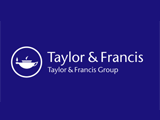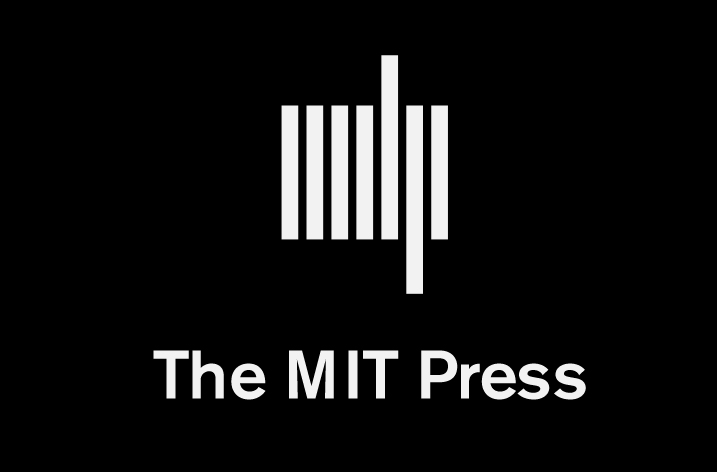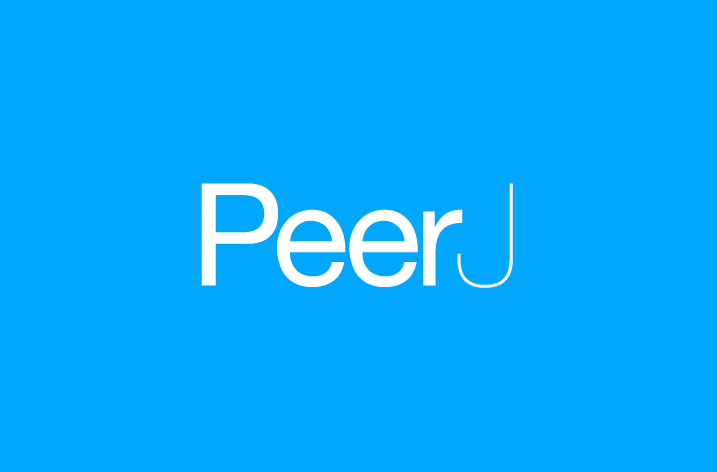
Academic publisher Taylor & Francis, UK, has revealed the findings of a survey on open access (OA). Authors were canvassed about their opinions and behaviour about licensing, reuse, peer review and metrics in relation to OA. They were asked to select their most preferred, and second-most preferred licences, as well as their least preferred licence from a list of licences commonly used for OA publication, with a short description of each.
According to the findings, the most popular licensing option is the Exclusive Licence to Publish – chosen by 51 percent of authors. The second most popular was the Creative Commons Attribution-Non Commercial-No Derivs (CC BY-NC-ND) – selected by 46 percent of respondents. The least preferred licensing option was the Creative Commons Attribution licence (CC-BY) – as indicated by 52 percent of respondents.
There was an interesting relationship between Exclusive Licence to Publish and Copyright Assignment. Where Copyright Assignment was the first preference, Exclusive Licence to Publish was the most common second choice, chosen by 60 percent of respondents. In turn, where Copyright Assignment was the first choice, 70 percent of respondents opted for Exclusive Licence to Publish as their second choice. Similarly, those opting for CC BY-NC-ND as their first choice generally chose the Creative Commons Attribution-NonCommercial (CC BY-NC) licence as their second most preferred licence (and vice versa).
Regional breakdowns for the most and least preferred licences can be viewed in Supplement 1 of the report along with breakdowns for all countries and subjects with more than 100 respondents. The distribution of least preferred choices does vary with subject, region and country, though CC-BY remains the most common answer in almost all cases, the exception being Library & Information Sciences, for whom the most common answer was Copyright Assignment.
In terms of the most preferred licence, the largest differences can be seen in the proportions of respondents choosing CC BY-NC-ND, Exclusive Licence to Publish and Copyright Assignment. Respondents from the fields of Computer Sciences and Library & Information Sciences have perhaps the most strikingly different response patterns with a more favourable view of CC BY-NC than any other subjects.
Overall, the data suggests authors could be satisfied by offering a mixture of the traditional (Exclusive Licence to Publish / Copyright Assignment) and the new (CC BY-NC-ND / CC BY-NC). There seems an apparent need to address those reservations expressed by authors who cite the CC BY licence as their least preferred option.
Taylor & Francis have taken this feedback from our author community into account in guiding future policies and strategies.
http://www.tandf.co.uk/journals/pdf/open-access-survey-march2013.pdf
























